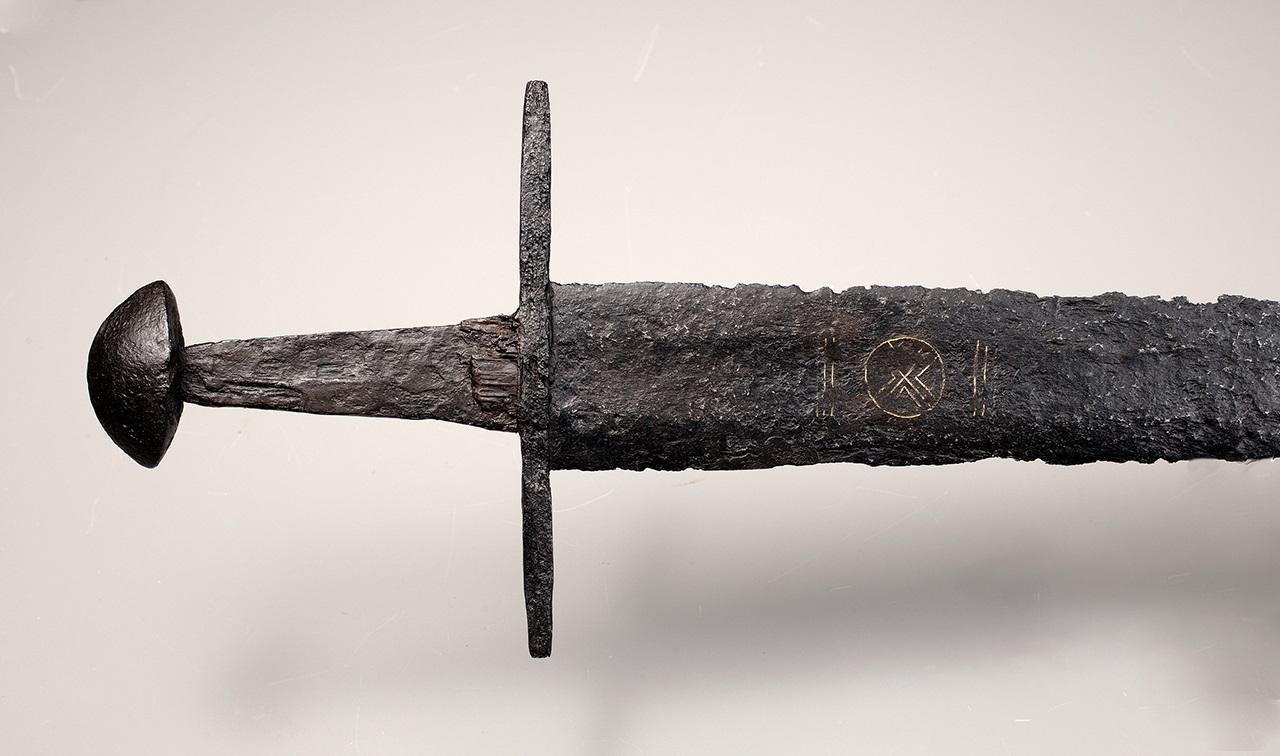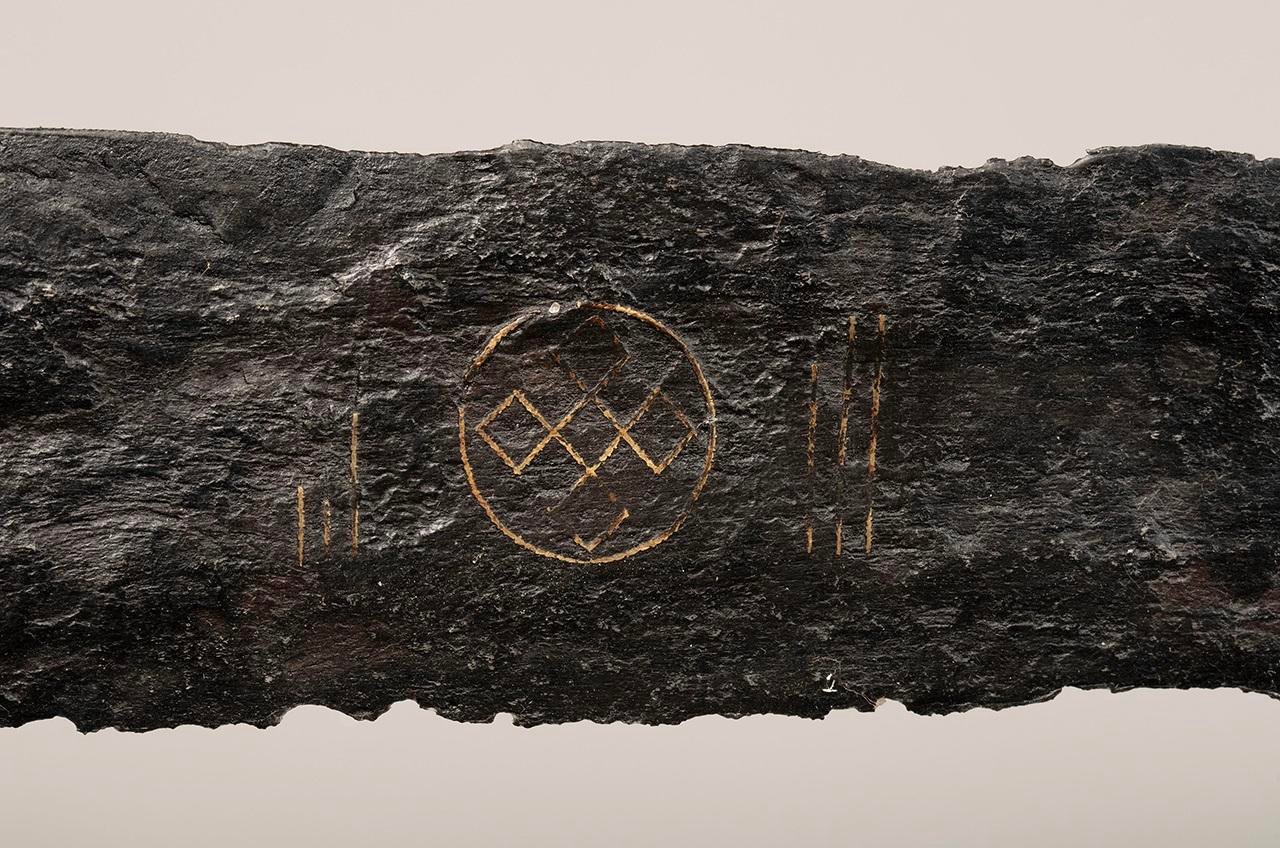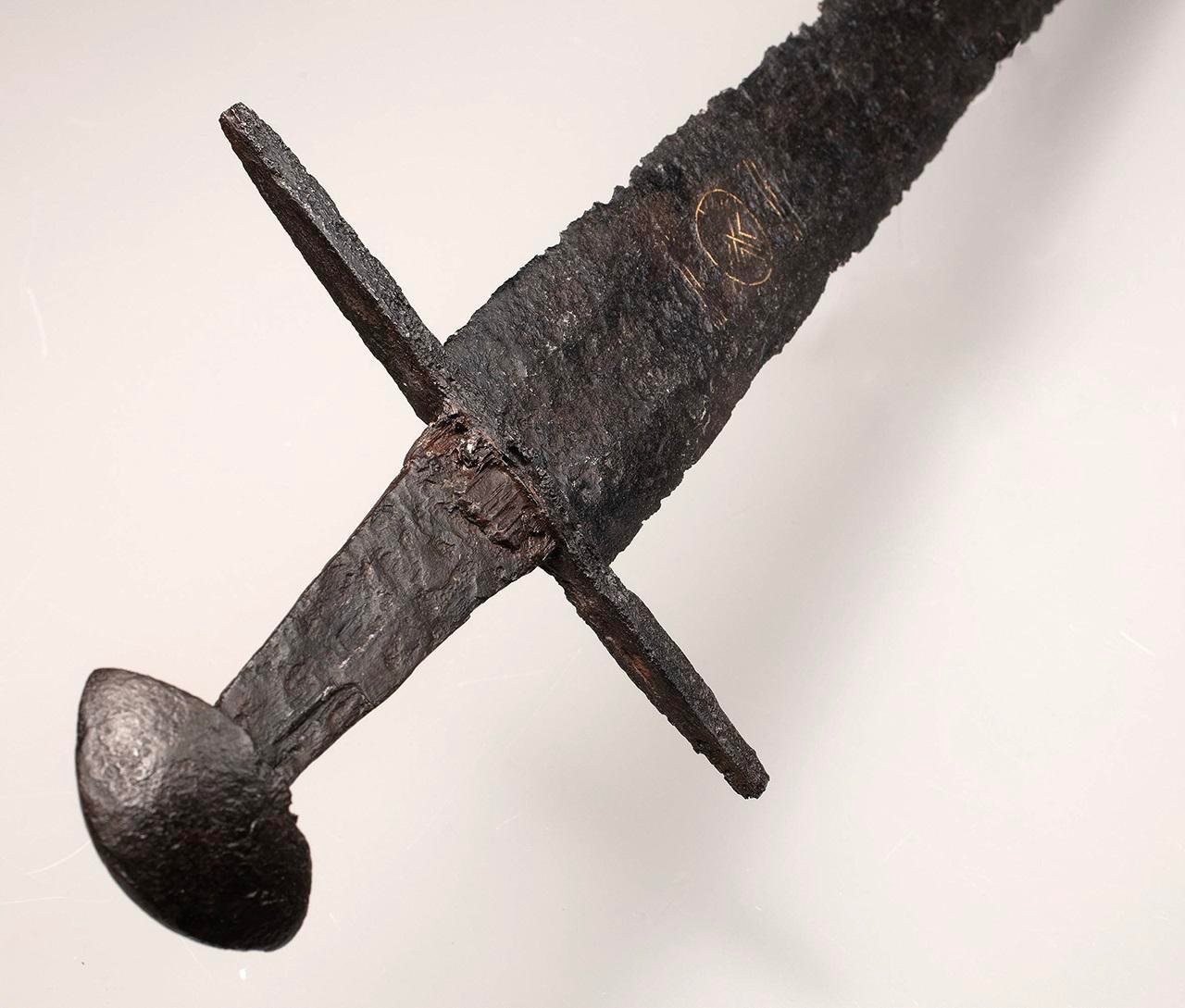A nearly 1,000-year-old medieval sword has captured international attention after its incredible discovery in the Korte LinscH๏τen River, close to the town of Montfoort in the Dutch province of Utrecht. On March 1, 2024, the sword was discovered by construction workers, revealing itself from a clod of clay picked up from the riverbed, with its iron blade protruding conspicuously. The contractor immediately reported it to Montfoort municipal authorities, who in turn summoned archaeologists from the Utrecht Region Environmental Service (ODRU) to preserve the artifact.
 Credit: Ruben de Heer / Rijksmuseum van Oudheden
Credit: Ruben de Heer / Rijksmuseum van Oudheden
Now known as the LinscH๏τen Sword, the sword has been dated to between 1050 and 1150 CE, a period in which the Bishopric of Utrecht held sway over the region and feudal territories like Holland and Flanders were gaining political power. One meter in length and 900 grams (1.85 pounds) in weight, the sword boasts a broad 17-centimeter crossguard and a Brazil nut-shaped pommel, a hallmark typical of 11th- and 12th-century Frankish smiths’ swords. X-ray analysis revealed traces of wood and leather still visible on the handle, likely remnants of the grip.
The exceptional condition of the weapon is attributed to anaerobic burial in clay soil, which protected it from corrosion. Once excavated and exposed to the air, though, the sword required urgent conservation. Specialists subjected it to a ten-week desalination bath, followed by cleaning, drying, and tannin stabilization to prevent deterioration. This care guaranteed that the sword would be preserved for examination and public display.
 Credit: Ruben de Heer / Rijksmuseum van Oudheden
Credit: Ruben de Heer / Rijksmuseum van Oudheden
The sword’s most remarkable aspects, however, lie in its decorative symbolism. Both sides of the blade are adorned with extremely delicate inlays of copper alloy wire that form spiritual symbols. One is a sun wheel, or sonnenrad—a circle containing a cross—used widely throughout the Middle Ages in church consecrations, especially in regions where Christianity was still taking root. On the other side is an endless knot made up of five interlaced squares within a circle. This old symbol, commonly used during the Viking Age, signifies unbreakable loyalty, protection, and eternal bonds. Both symbols are highlighted by three parallel lines of bronze inlay, emphasizing the ritual and symbolic significance of the blade.
 Credit: Ruben de Heer / Rijksmuseum van Oudheden
Credit: Ruben de Heer / Rijksmuseum van Oudheden
Curiously, there was no sign of a scabbard, and the scientists think that the sword was likely intentionally placed into the river, rather than lost due to battle. They are certain that it would have been a ritual offering, possibly to honor a ᴅᴇᴀᴅ warrior or sanctify the land at a time when the area was still undeveloped marshland undergoing colonization.
Ownership of the sword was jointly held by the municipality of Montfoort, which funded the revetment, and Landgoed LinscH๏τen, the private estate on which the artifact was found. In May 2025, they both donated the sword to the Rijksmuseum van Oudheden (National Museum of Antiquities) in Leiden, where it has been kept under expert care and made available to the public.
 Credit: Ruben de Heer / Rijksmuseum van Oudheden
Credit: Ruben de Heer / Rijksmuseum van Oudheden
The LinscH๏τen Sword is on view in the museum’s Acquisitions showcase, in the Temple Hall behind the Egyptian temple. It will remain on display through August 2025.
More information: Rijksmuseum van Oudheden





